The art of Mabel Lucie Attwell is instantly identifiable - she peopled her artwork with charmingly chubby-cheeked children and mischievous fairies. For much of the twentieth century she was a household name and barely a home in England was without her annuals, wall plaques or calendars.
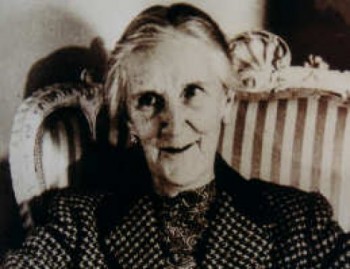
Describing how she became an artist Attwell once said, " When I was fifteen... I suddenly announced I'd taken two pictures to a publisher. I simply wanted to earn some pocket money." A few days later Attwell received a cheque for two guineas and so began a long and prolific career.
Initial work came from magazines and postcards, but in 1905 she received her first commission to illustrate a book for W. & R. Chambers. She subsequently went on to produce a series of cover designs and drawings for story books in much the same format as the popular boys ripping yarns by authors such as G.A Henty and R.M. Ballantyne.
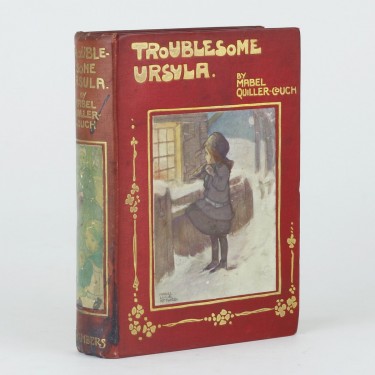
Troublesome Ursula, Chambers, 1907
A short time later her association with the publisher Raphael Tuck was forged giving life to illustrated versions of classic children’s fairy stories as part of the “Raphael House Library of Gift Books”, these included Alice in Wonderland, The Water Babies, Grimm’s Fairy Tales and Hans Andersen’s Fairy Tales.
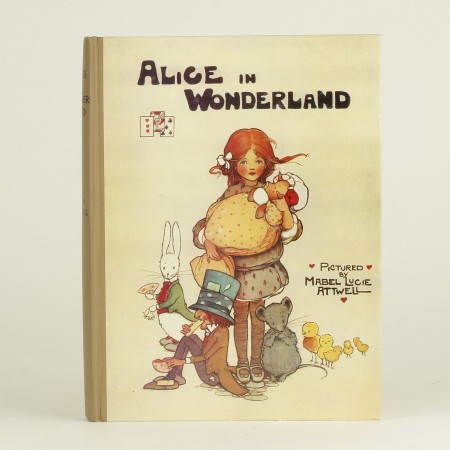
Alice in Wonderland, Tuck, 1914
A commission in 1919 to provide illustrations for Peeping Pansy, written by Marie, Queen of Romania, Queen Victoria’s granddaughter, led to an invitation to visit Queen Marie in Bucharest. After an eventful journey where Attwell endured a seduction attempt and an arrest for being without a passport, her stay in the Royal household was almost fairytale like. Evenings were spent with the Royal children listening to Queen Marie reading from her own story books.
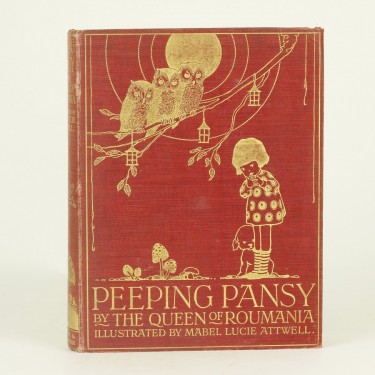
Peeping Pansy, 1919
In 1921 at the insistence of J.M. Barrie Hodder and Stoughton approached Attwell to provide illustrations for their new version of his Peter Pan and Wendy. These drawings of Peter and Wendy are surely amongst the artist’s most enduring, particularly memorable is the round illustration of Wendy sewing on Peter’s shadow and the dreamlike image of children flying to Neverland.
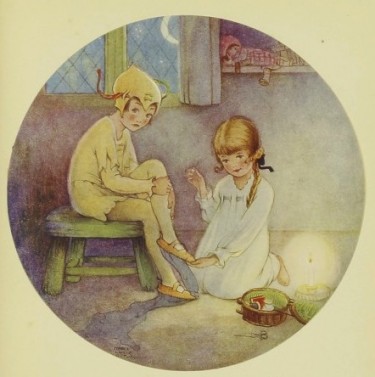
"I dare say it will hurt a little" from Peter Pan and Wendy
Throughout the 1920’s Attwell’s work was exceedingly popular and S.W. Partridge suggested that Mabel Lucie should provide an annual for the Christmas market, which would contain exclusively her own drawings and some of her stories and verse. She tackled the challenge with enthusiasm and over the next 52 years a "Lucie Attwell Annual" was produced each Christmas, with the exception of 1933.
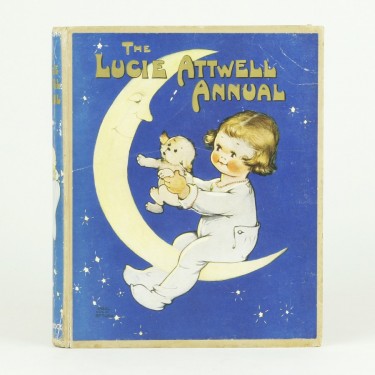
The first Lucie Attwell Annual from 1922
The artwork in the early annuals is delicate and peopled with fairies and elfin folk, more reminiscent of the Golden Age style illustration. As the years went on Attwell’s distinctive rosy-cheeked, rotund toddlers come to the fore.
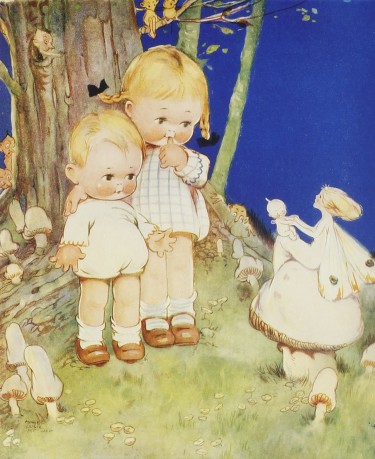
Unlike many artists Mabel Lucie was very commercially aware, accepting commissions for various illustrative projects. Her drawings can be found on biscuit tins, calendars, wall plaques, postcards and sewing patterns.
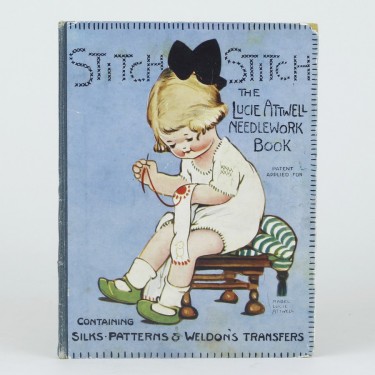
Sewing Book and Patterns, 1923
Attwell’s 1920’s creations the Boo-boos, tiny green fairies, featured in of a series of little books similar in format to the Beatrix Potter tales, quickly proved popular and pottery firm Shelley produced a series of tableware decorated with Boo-Boos.
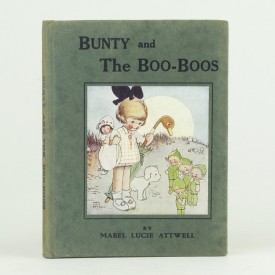
Bunty and The Boo-Boos, 1922
Attwell was married to fellow artist Harold Earnshaw, with whom she had three children. In her later years, when a widow, Attwell moved to Fowey in Cornwall, where she continued to produce drawings for annuals and other childrens books for Dean and lived happily until her death in 1964.
View books by Mabel Lucie Attwell
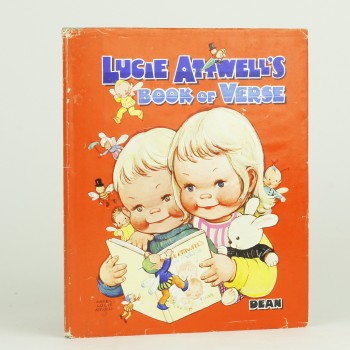
Recent Posts
- The Evolution of Crime
- Tour The Bookshop On Your Screen
- The Genesis of Mr. Toad: A Short Publication History of The Wind In The Willows
- Frank Hurley's 'South'
- The "Other" Florence Harrison
- Picturing Enid Blyton
- Advent Calendar of Illustration 2020
- Depicting Jeeves and Wooster
- Evelyn Waugh Reviews Nancy Mitford
- The Envelope Booklets of T.N. Foulis
- "To Die Like English Gentlemen"
- Kay Nielsen's Fantasy World
- A Brief Look at Woodcut Illustration
- The Wealth Of Nations by Adam Smith
- What Big Stories You Have: Brothers Grimm
- Shackleton's Antarctic Career
- Inspiring Errol Le Cain's Fantasy Artwork
- Charlie & The Great Glass Elevator
- Firsts London - An Audio Tour Of Our Booth
- Jessie M. King's Poetic Art, Books & Jewellery
Blog Archive
- January 2024 (1)
- January 2023 (1)
- August 2022 (1)
- January 2022 (1)
- February 2021 (1)
- January 2021 (1)
- December 2020 (1)
- August 2020 (1)
- July 2020 (2)
- March 2020 (3)
- February 2020 (2)
- October 2019 (2)
- July 2019 (2)
- May 2019 (1)
- April 2019 (1)
- March 2019 (2)
- February 2019 (1)
- December 2018 (1)
- November 2018 (1)
- October 2018 (2)